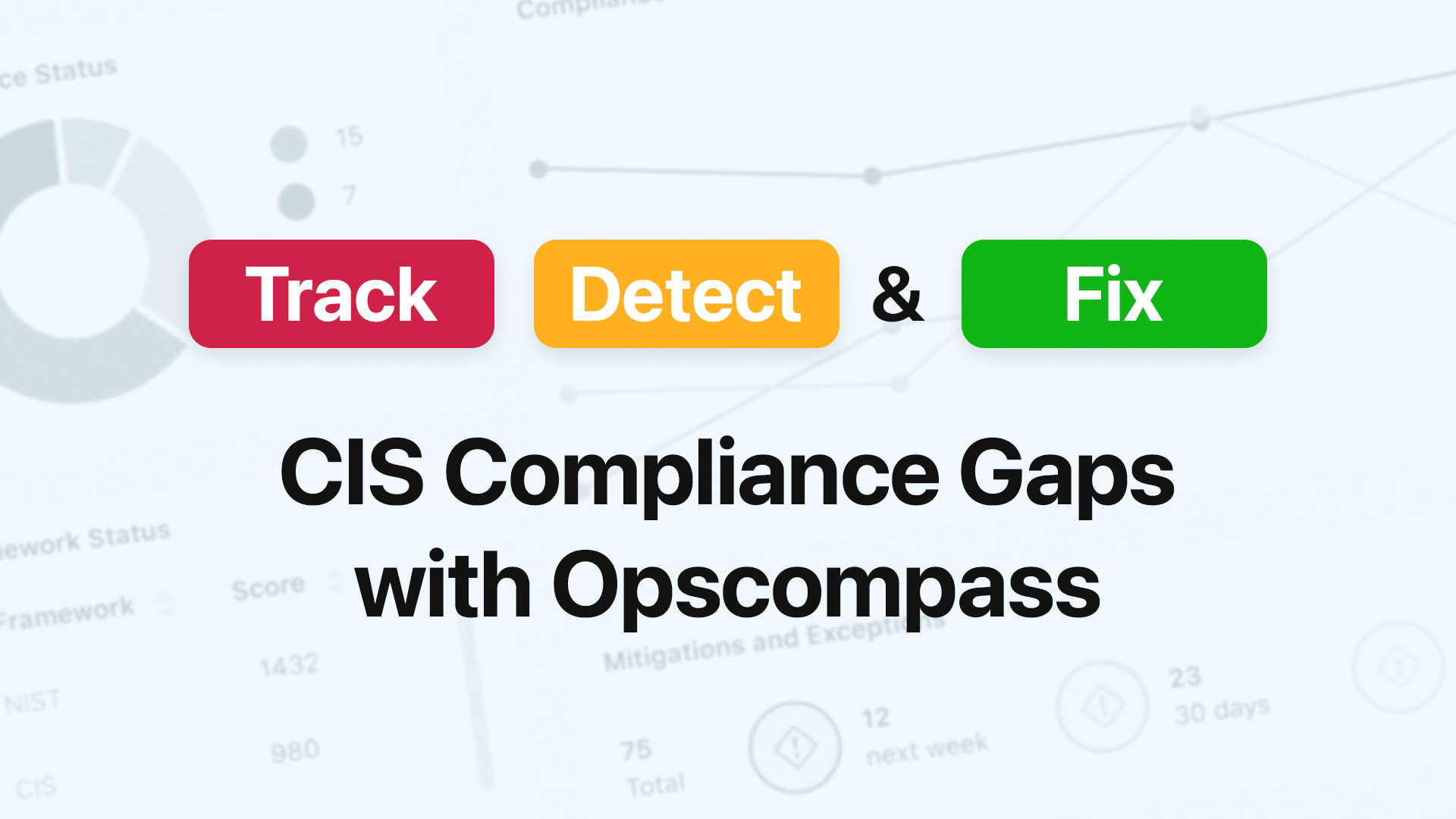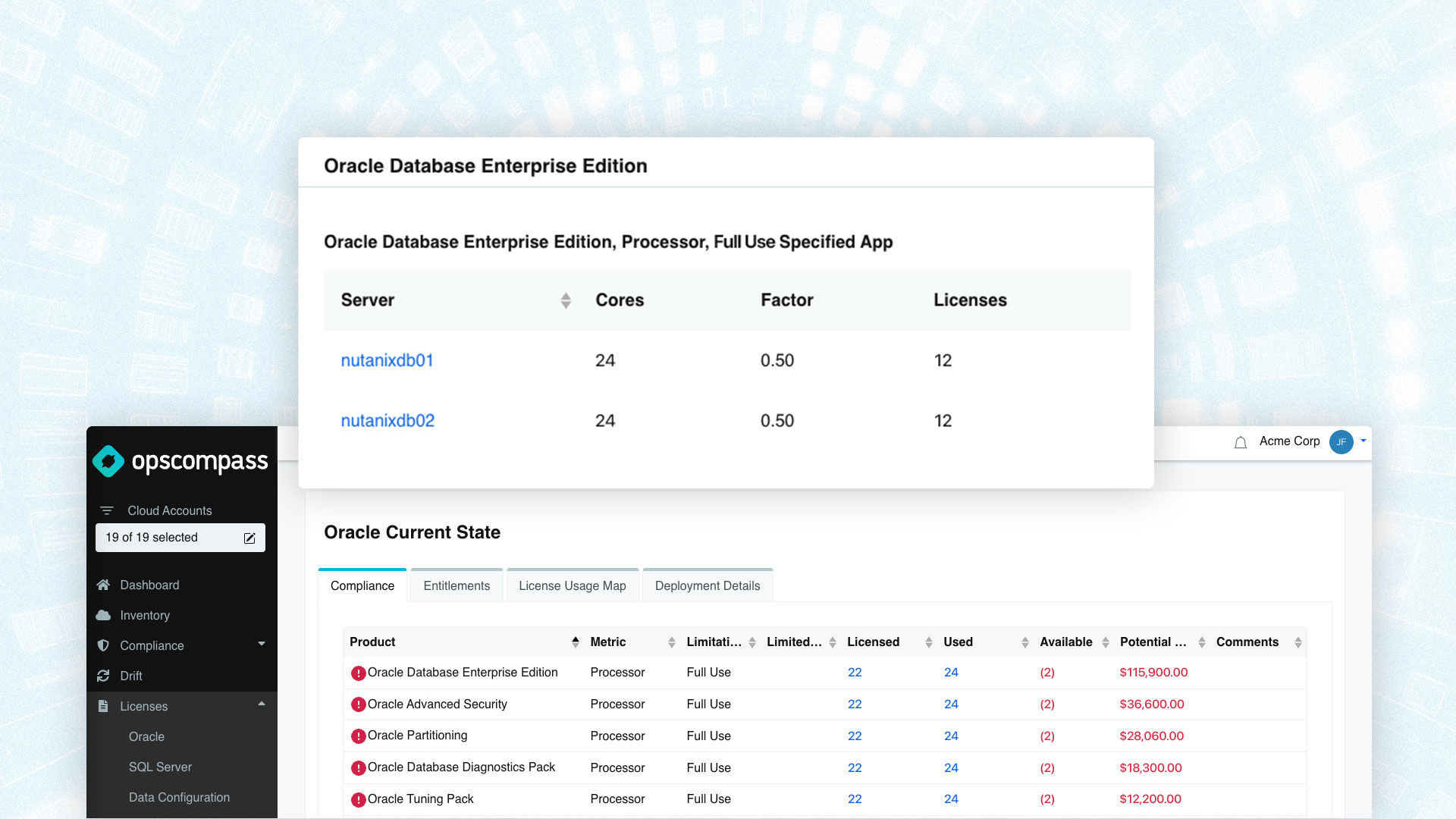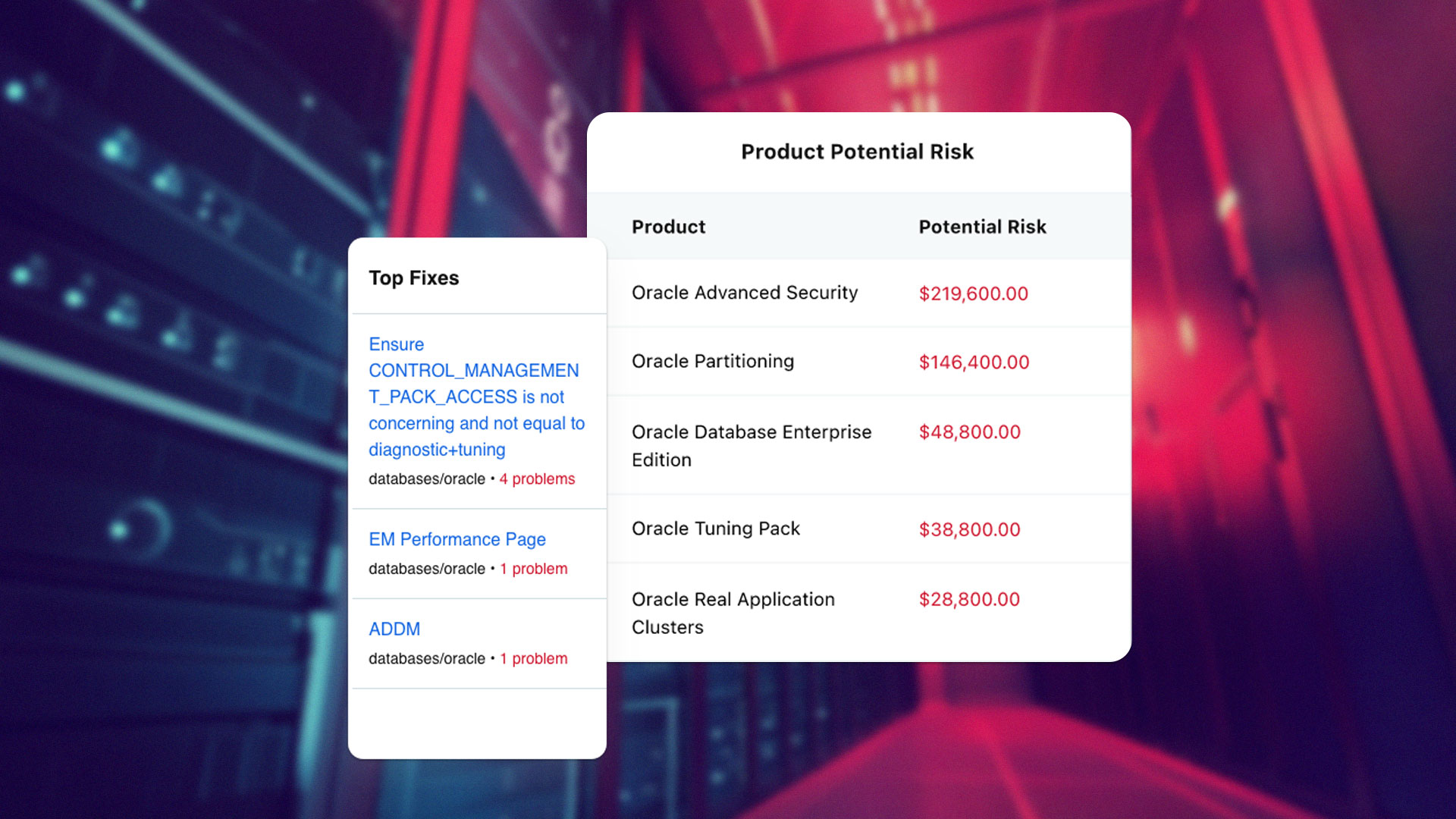Oracle isn’t letting up.
If your organization is running any version of Java SE, you’re already on Oracle’s radar. Even if you’ve never purchased a product from Oracle, they’re tracking Java download activity, mapping IP addresses to organizations, and reaching out with aggressive licensing claims.
What’s worse? They’re using tactics that feel less like professional outreach and more like something you’d expect from phishing scams: emails about “urgent security issues,” informal reviews, and requests for environment details — all designed to catch you off guard.
If you aren’t prepared, you could end up paying for licenses you don’t need — or worse, agreeing to inflated fees based on Oracle’s exaggerated claims.
Here’s your action plan for 2025: the 7 biggest risks around Java licensing and how to stay ahead.
Risk #1: Oversharing with Oracle Can Lead to Inflated Claims
One of the fastest ways companies get trapped is by unintentionally providing too much information. Oracle often poses as helpful or concerned, but their real goal is to gather details they can use to build inflated claims of non-compliance.
What to do:
- Route all Oracle communications through your legal, procurement, or vendor management team.
- Never respond directly to informal emails or calls without internal review.
Risk #2: Incomplete Java Inventory Creates Compliance Gaps
Most organizations don’t have a complete map of where Java is installed — especially with older or shadow systems. Oracle knows this and will press for reports of any system containing “java,” even non-production environments.
What to do:
- Inventory all servers, desktops, and virtual environments.
- Track version numbers and confirm which installs require licensing.
Risk #3: Misunderstanding Java Licensing Models Costs You
Oracle’s licensing has shifted dramatically. Legacy models like Processor and Named User Plus (NUP) are being phased out in favor of the expensive Employee-based Universal Subscription
What to do:
- Identify your current licensing model.
- If you’re on a legacy model, fight to renew before Oracle forces migration.
- If you’re on Universal, negotiate multi-year terms and discounts.
Risk #4: Accidental Installs Reintroduce Java Licensing Risk
It only takes one accidental upgrade or hidden install to trigger Oracle’s attention. Even if you’ve eliminated Java from your primary systems, third-party applications or user error can reintroduce risk.
What to do:
Risk #5: Skipping Java Elimination Strategies Locks You In
If Oracle Java SE isn’t mission-critical, you can reduce your footprint — and your risk. Many companies stay locked into Oracle Java without realizing they have alternatives.
What to do:
- Evaluate open-source options like OpenJDK, Amazon Corretto, or IBM Semeru.
- Review third-party applications for bundled entitlements.
- Plan a phased elimination roadmap.
Risk #6: Oracle’s Retroactive Usage Claims Inflate Costs
Oracle’s sales playbook includes charging for past use, often using employee counts for years when the model didn’t even exist. These retroactive claims can be massively inflated.
What to do:
- Scrutinize any backdated claims carefully — especially if they include Employee-based metrics from prior years.
- Engage experts to challenge Oracle’s numbers and reduce proposed fees.
Risk #7: Waiting for Oracle to Reach Out Is Too Late
Oracle is contacting thousands of organizations every month. Waiting until they reach you puts you in a defensive position, increasing costs and stress.
What to do:
- Prepare now, even if you haven’t been contacted.
- Schedule a risk assessment with experts like House of Brick.
- Monitor your environment continuously to stay ahead of unexpected audits.
Get Ahead of Oracle’s Next Move
You have more control than Oracle wants you to believe.
The companies that save the most on Java licensing don’t wait for Oracle to come knocking — they prepare early, monitor continuously, and negotiate from a position of strength.
We’ve helped hundreds of organizations reduce or eliminate Oracle’s inflated claims and regain control over their software spend.
Download your free 2025 Java Risk Checklist to start reducing your risk today.
Or, talk to our team for a free consultation and find out how we can help.




